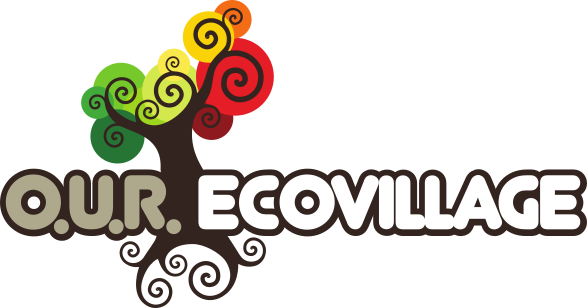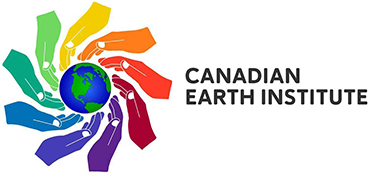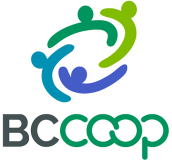
Parsley (Petroselinum crispum) is best known for its versatility in the kitchen in both the flat and curly variety but it can also be valuable for medicinal purposes. The ancient Greeks had a high opinion of Parsley, and associated it with Hercules, the mythological symbol of strength. It has been said that they fed parsley to racehorses to give them stamina and awarded crowns of parsley to victors in athletic contests (who knows, it could be true!). This is perhaps why many of us have a custom of adorning our food with sprigs of parsley, which most people don’t eat! Although maybe they should because it has the ability to freshen breath and neutralize indigestion – due to the chlorophyll content.
Parsley is a powerhouse of antioxidants, vitamins and minerals, containing vitamins A, C (more per volume then an orange!), calcium, thiamin, riboflavin, and niacin. Taken internally it has traditionally been used as a liver tonic to break up kidney stones, to treat and/or prevent Urinary Tract Infections, and the root has laxative properties. To take it internally you can juice it, make a tea, take it in capsule form, and start eating the parsley garnish on your plates!







